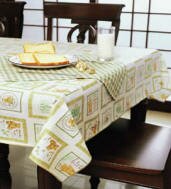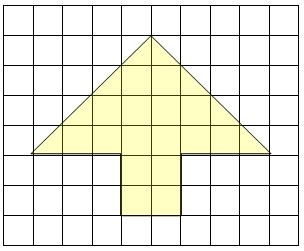More Area and Perimeter
Carefully examine each of the three rectangles shown below.
|
|
|
|
|
|
A |
|
|
|
|
|
|
|
|
|
|
|
|
B |
|
|
|
|
|
|
|
|
|
|
|
|
|
|
|
|
|
|
|
|
|
|
|
|
|
|
|
|
|
|
|
|
|
|
|
|
|
|
|
|
|
|
|
|
|
|
|
|
|
|
|
|
|
|
|
|
|
|
|
|
|
|
|
|
|
|
|
|
|
|
|
|
|
|
|
|
|
|
|
|
|
|
|
|
|
|
|
|
|
|
|
|
|
|
|
|
|
|
|
|
|
|
|
|
|
|
|
C |
|
|
|
|
|
|
|
|
|
|
|
|
|
|
|
|
|
|
|
|
|
|
|
|
|
|
|
|
|
|
|
|
|
|
|
|
|
|
|
|
|
|
|
|
|
|
|
|
|
|
|
|
|
|
|
|
|
|
|
|
|
|
|
|
|
|
|
|
|
|
|
|
|
|
|
|
|
|
|
|
|
|
|
|
|
|
|
|
|
|
|
|
|
|
|
|
|
|
|
|
|
|
|
|
|
|
|
|
|
|
|
|
|
|
|
|
|
|
|
|
|
|
D |
|
|
|
|
|
|
|
|
|
|
|
|
|
|
|
|
|
|
|
|
|
|
|
|
|
|
|
|
|
|
|
|
|
|
|
|
|
![]() = 1 square cm
= 1 square cm
Calculate the perimeter and the area of each rectangle above. Label each answer.
| RECTANGLE | PERIMETER | AREA |
| A | ||
| B | ||
| C | ||
| D |
And Even More Area and Perimeter Practice
Examine rectangles A, B, and C below.
Calculate the perimeter and the area of each one.
Complete the chart below. Don't forget to label your answers.
|
6 ft. |
A |
5 in. |
B |
|
7ft. |
|||
|
2 in. |
|||
|
C |
|||
|
25 in. |
| RECTANGLE | PERIMETER | AREA |
| A | ||
| B | ||
| C |
Covering Box Tops with Paper
The pink and orange rectangles below are the tops of gift boxes. You want to cover each of them with fancy paper. How much paper will you need to cover each one?
|
33 cm |
||||
|
2 cm |
||||
|
12 cm |
||||
|
5 cm |
||||
Answer:
To cover the pink rectangle you need
To cover the orange rectangle you need

